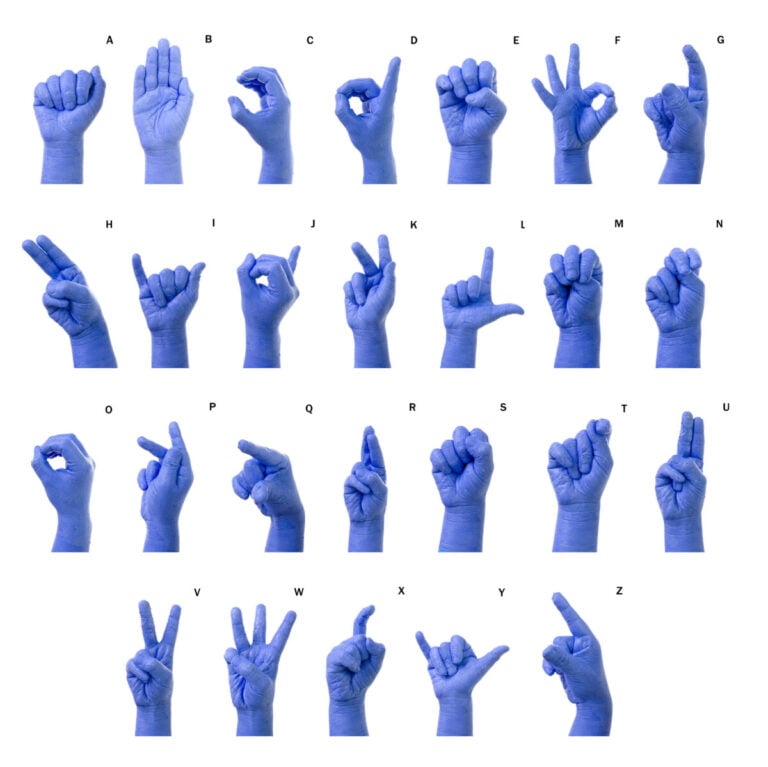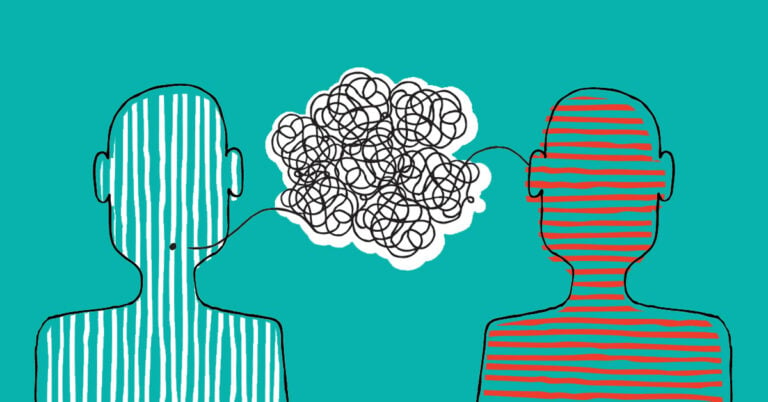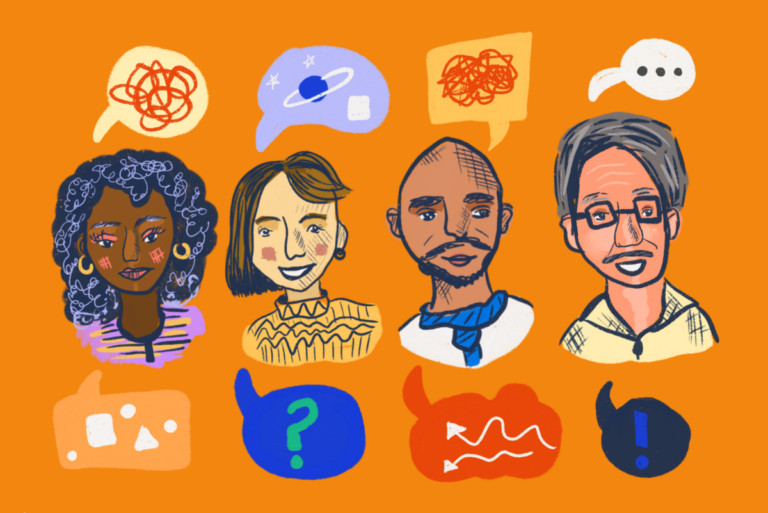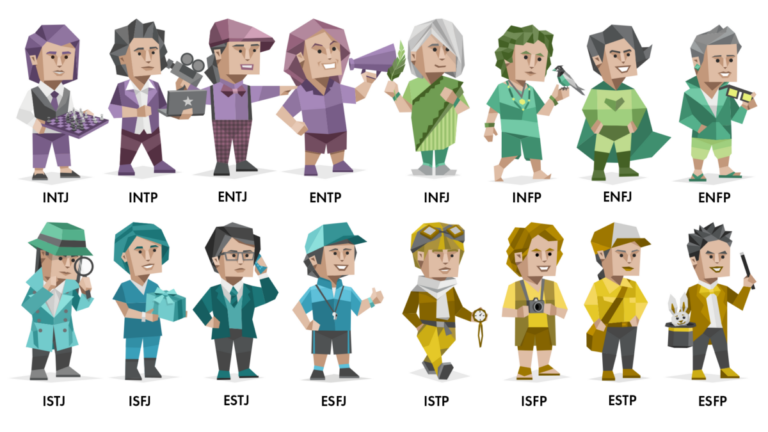Sign language is one of the most versatile interpersonal communication tools.
Using gestures, we can express our emotions and thoughts, even if we do not speak the same language with our interlocutor. However, not everyone knows what sign language is and how it works.
Introduction to sign language and its history
The history of sign language dates back to ancient civilizations, where people used gestures to communicate with other tribes and cultures.
Today, sign language is used not only by people with weak or absent hearing, but also by everyone who wants to improve their communication ability. Many scientific studies confirm the effectiveness of using sign language in everyday life.

One of the most famous systems of sign languages is American Sign Language (ASL). It was created in the 19th century and quickly became popular among deaf communities in the United States. ASL is made up of over 5,000 characters that can be used to represent words, phrases, and even entire sentences.
Sign languages have their own grammatical structure and vocabulary. They also provide the ability to convey emotions and feelings, making them a very powerful communication tool.
Although sign language is still not widely used in ordinary speech, its popularity is growing every day.
Understanding sign language: basic principles and examples
The basic principles of sign language include the use of specific gestures to convey certain information, the use of facial expressions and facial expressions to clarify the meaning of what is being communicated, and drawing attention to key points. In addition, sign language can be very dynamic and intuitive.
Examples of sign language are American Sign Language (ASL), British Sign Language (BSL) and Russian Sign Language (RZSL). They have their own lexical system and grammar, which differ from the generally accepted natural languages.
Some well-known examples of the use of sign language in everyday life are guiding people on the street or communicating information in a noisy environment where it is difficult to hear a person’s voice.
It is important to understand that sign language is not a universal language that can be understood by everyone. It has its own cultural and regional differences, and may also change over time
How to use sign language in communication?
Sign language is a non-verbal way of communication that is used to convey information through gestures and facial expressions. It can be very helpful in communication, especially if you don’t speak the same language or want to improve your social communication skills.

To use sign language in communication, you need to understand its basic principles. Some of these include using the hands and body to convey messages, using facial expressions to express emotions, and making eye contact to maintain connection.
One of the key elements of sign language is hand gestures. Use your hands to point at objects or make gestures that convey certain information (such as waving your hand to say hello). It is also worth considering the body posture – it should be open and friendly.
Facial expressions also play an important role in the use of sign language. It can help express emotions and feelings, as well as convey information about how you feel about what you are saying. For example, a smile can show that you are pleased or pleased.
Eye contact is also important when using sign language. It helps to keep in touch with your interlocutor and shows your interest in what he has to say.
Sign language in psychology: application in therapy and research
Sign language is a non-verbal way of communication used by people all over the world. He can express emotions, thoughts, and even complex concepts without the use of words. In psychology, sign language plays an important role as a tool for studying human behavior and emotional states.

In therapy, sign language can be used to improve communication between therapist and patient. It can also help patients express their emotions that they cannot or do not want to put into words. Some techniques, such as Gestalt therapy, actively use sign language in the treatment process.
Sign language also provides an opportunity to explore cultural differences in behavior and communication. This becomes especially useful when working with people from different cultural contexts.
In addition, sign language can be used in scientific research to investigate the causes of behavioral or personality disorders. For example, researchers can study the gestures of people with autism to understand how they interact with their environment.
Development of sign language: technologies and prospects for the future
Sign language is a method of communication used by people with hearing and speech impairments. It consists of gestures, body movements and facial expressions that convey certain messages. The development of sign language began in ancient times, when people used it to communicate at a distance or in conditions of noise and darkness.

Today, the development of sign language continues thanks to new technologies. There are many apps and devices that help people with hearing and speech impairments communicate more effectively. For example, using a video camera and gesture recognition software, you can translate sign language into written text or voice.
One of the prospects for the future development of sign language is the creation of mind-reading devices. This will allow people with disabilities to physically express themselves through a computer or other device. It is also possible to create automatic translators for different sign languages.















